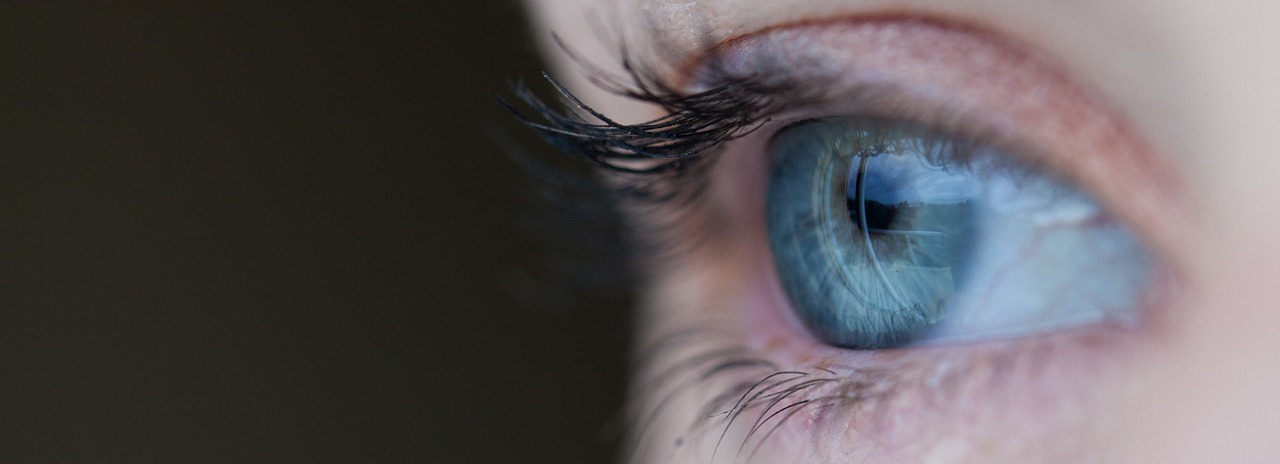Optic Nerve Damage Can Be Treated

The gradual or sudden vision loss can bring a drastic change for every patient. Whether caused by an eye disease or an accident, people who lose their sight are facing serious challenges in their everyday lives. Savir Center, therefore, focuses on the special needs of people with impaired vision caused by the optic nerve damage.
Is Vision Restoration Possible for Optic Nerve Damage?
Vision restoration is possible if the optic nerve is not completely damaged. The principle of Savir treatment is to stimulate the areas which are still functioning, in order to wake up the “silent” nerve cells. The aim is to activate the residual vision and to improve the visual performance for people with vision loss.
Savir Center uses the most advanced, medically recognized procedures with alternating current stimulation (tACS). Patients with vision loss due to stroke or brain trauma are eligible for the treatment. In addition to that, diseases that cause damages to the optic nerve or retina can also be treated. For example, glaucoma, diabetic retinopathy, and macular degeneration. For more detail please contact us, or check our list of criteria.
What Makes Vision Restoration Efficient at the Savir Center?
Patients with optic nerve damage are treated individually according to their personal conditions. Savir therapy follows a holistic concept: all the important factors about vision are considered as parts of the therapy. Thus, nutritional advice, eye training, and advice for lifestyle-changing are included to improve the performance of the visual function. Furthermore, psychosocial findings which are helpful for vision restoration are also integrated into the treatment process. Since stress is very often an important topic when dealing with vision loss.
Optic Nerve Damage: What Is the Aim of Visual Restoration at the Savir Center?
Vision restoration with alternating current is a minimally invasive treatment developed für stimulating brain functions. The main aim is to train the connection between the eye and the areas in the brain which are responsible for the vision. As a consequence, the partially damaged areas can be reactivated.
Except for the tACS treatment, the Savir treatment also provides a consultation appointment with neurologist. The aim is to let the patients understand more about their visual impairment: how vision loss might affect their life and the possible solutions to the related problems.
Image: © Foto-Ruhrgebiet – Fotolia.com

